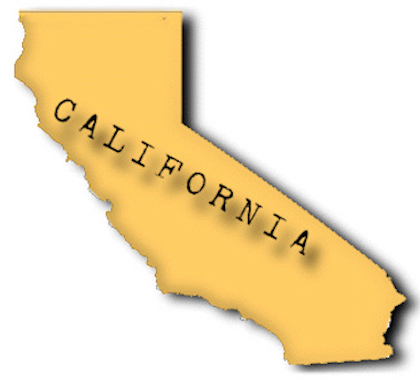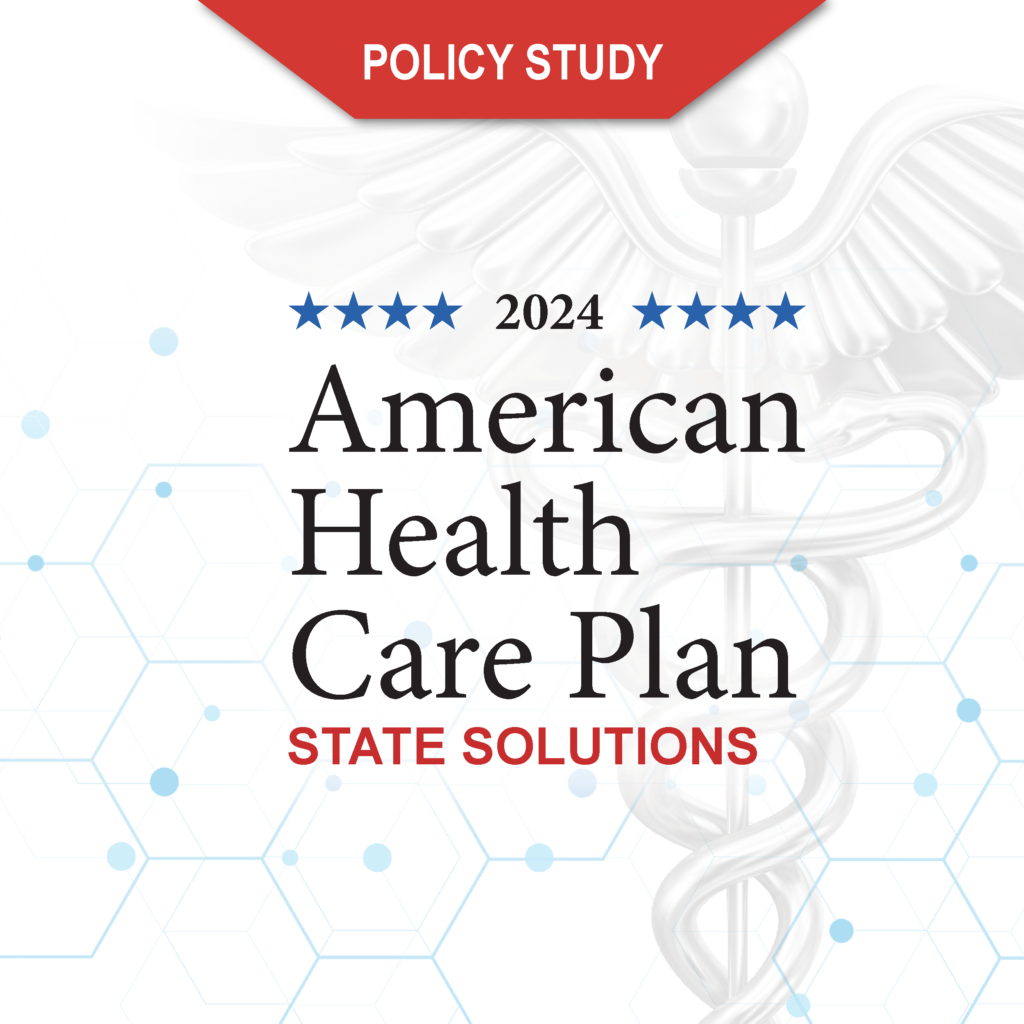Several California Democrats are advancing proposals for “Medicare for all,” or single-payer health care, in their primary campaigns.
Current California Gov. Gavin Newsom says single-payer health care will be a key issue in his campaign for governor, and numerous Democratic Assembly and Senate candidates have established single-payer as a key plank in their races.
‘Health Care Is Never Free’
Sally Pipes, president and CEO of the Pacific Research Institute, says the failure of the 2017 legislation S.B. 562 shows a single-payer system would be economically unsustainable in California, decimating the private insurance market and practically eliminating referrals to specialists. The bill would have offered all Californians free dental care, vision care, and drugs.
“SB 562 has already proven that health care is never free,” Pipes said. “That bill was costed out by the Senate Appropriations Committee at $400 billion a year, more than double the entire state budget of $185 billion. After a series of hearings held last fall and earlier this year, Assembly Speaker Anthony Rendon (D-Lakewood) announced on March 27 that the Assembly would not bring the Senate bill to a vote. He said the main reason was it was unclear how it would be paid for.”
“California cannot afford a single-payer health care system, and such a system would be a disaster for Californians: rationed care, long waits, fewer doctors, and a lack of access to the latest medical treatments,” Pipes said.
Exodus of Successful Workers
A single-payer system would ultimately require major tax increases, Pipes says.
“California is already seeing an outflow of middle- and higher-income residents to states that have lower taxes and fewer regulations,” Pipes said. “This trend would definitely continue if single-payer were adopted in the state. It is also likely that many doctors would retire early from medicine in California.”
Canadian Warning Signs
A good health care system empowers doctors and patients, not the government, Pipes says. Canada’s single-payer system shows what’s in store for places that put government in charge of all health care, she says.
“Americans need to be educated on the disastrous effects of single-payer, which include long waits and rationed care,” Pipes said. “Canada, where I hail from, has a single-payer system, and all private coverage is outlawed. And it’s not free. The average Canadian family pays $12,500 a year in hidden taxes for this system. The average wait from seeing a primary care doctor to getting treatment by a specialist in 2017 was 21.2 weeks, more than double the 9.3 week wait in 1993. There are now, for the first time, more than 1 million Canadians, an all-time high, waiting for necessary medical treatments.”
Widening Wealth Disparity
Devon Herrick, a health care policy advisor for The Heartland Institute, which publishes Health Care News, says single-payer would mean another tax on labor in the state, which would widen the wealth gap.
“A labor tax makes it more expensive to hire workers,” Herrick said. “Young workers and those with low skills would be priced out of the labor market, since they would not be productive enough to pay the cost of mandatory benefits.
“Increasingly, many areas of California are too costly for all but the wealthiest residents,” Herrick said. “Raising income taxes and adding a tax on labor would make this problem worse.”
INTERNET INFO:
“California Confronts Complexities of Creating a Single-Payer Healthcare System,” Los Angeles Times, February 9, 2018: http://www.latimes.com/business/hiltzik/la-fi-hiltzik-singlepayer-20180209-story.html




